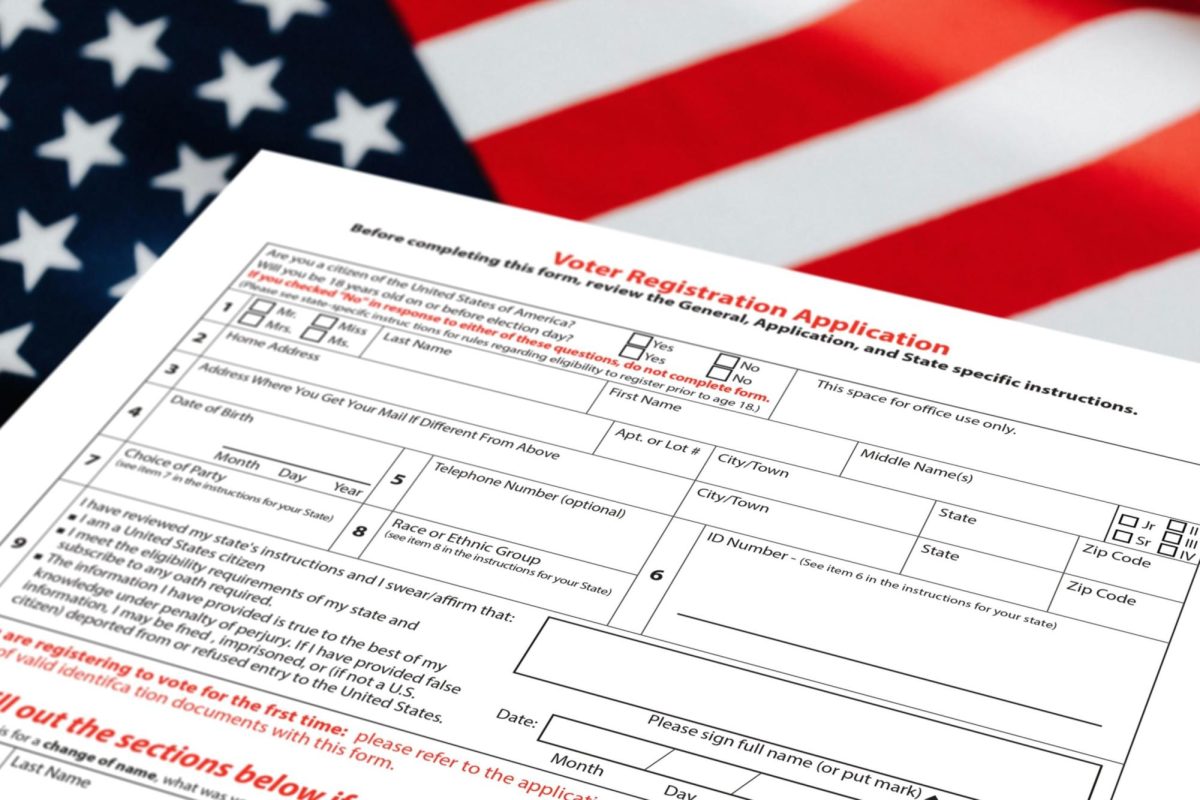Utah’s Great Salt Lake, the largest of its kind in the Western Hemisphere, has been drying up, and fast. In the 1980s, the lake covered over 3,000 square miles of salt flats. By 2021, it shrunk down to a measly 950 square miles. According to NPR, the lake could dry up entirely in just five years. So what’s the cause of this rapidly diminishing lake? What’s to come of it, why is it happening, and can it be fixed?
Apart from the obvious threat of environmental catastrophe, there are also unforeseen economic and public health consequences. The lake’s prolonged drought jeopardizes the population of migratory birds and toxic dust clouds are engulfing local communities as well as the prominent Salt Lake City (SLC), the appropriately named capital of Utah.
The Great Lake generates around 1.7 billion dollars in revenue from multiple industries. The most notable being the production of brine shrimp, most of which is sourced from the lake. The lake also provides magnesium to roughly the entire United States and produces 12% of the world’s supply of it.
In regards to health, the Salt Lake Tribune stated that while lakebed dust is unhealthy on its own, particles that collect on the bottom of the Great Salt Lake could carry carcinogenic particles such as arsenic, lead, and mercury. A startling discovery back in 2022 revealed that the lake had been discovered to carry a neurotoxin known as BMAA, which can cause neurodegenerative disorders such as dementia in humans.
But why has the Great Salt Lake begun drying up? Climate change has decimated the mountain rivers that directly feed the lake, but demand for that same freshwater has inflated because of new development, agricultural demands, and industry. This proves the leading cause of the diminishing lake to be human interference.
Agriculture projects alone siphon 63% of the water that would otherwise flow into the lake, which has dropped levels to about 7 feet, while city and municipal use have lowered it another 2.7 feet. This may not seem like much, but considering the lake’s average depth is 14 feet, losing just a few inches could risk exposing lakebed.
With an estimated five years left for the Great Salt Lake, the Utah legislature has scrambled to fix the problem they inadvertently caused. Just in the past year, Utah Governor Spencer Cox passed bill HB410, which will attempt to fix the habitat of the upstream rivers that feed the lake. It’s just one of many water conservation bills which amount to a total 1 billion dollars in funding.
Only time will tell if these bills are enough, but for now, it is critical to raise awareness, reduce water usage, and support conservation efforts. The Great Salt Lake is not just a body of water; it is a vital ecosystem that houses a variety of plant and animal species. It is an essential economic and cultural resource for the state of Utah, and the Western United States.





































